
Developer: Lienzo
Publisher: Lienzo Desarrollo De Videojuegos, S.A. De C.V.
Platform: PC, Switch, PS4, PS5, Xbox One, Xbox Series X|S
Tested on: PC
Aztech: Forgotten Gods – Review
The ancient culture of the Aztecs is something that has spoken to our collective imagination for hundreds of years, yet somehow it feels somewhat underexplored in popular culture, video games in particular. It’s refreshing to see a title that fully embraces this lost civilization as its starting point, so Aztech: Forgotten Gods certainly stands out in this regard. Given that developer Lienzo is based in Mexico, it shouldn’t come as a surprise that they have an affinity for this culture, so it’s interesting to see their interpretation of a future where Aztec culture never perished but advanced beyond our current technology. This blend of ancient culture and science fiction certainly provides a great starting point, but how does the end result hold up?
Story
Upon starting a new game of Aztech, players are thrust straight into the action, as a tutorial-esque action sequence plays out without any introduction or explanation whatsoever. In this prologue level, we meet Zuma, the guardian tasked with defending her people from the Forgotten Gods. After defeating these evil deities using a stone gauntlet artefact, Zuma reluctantly returns the gauntlet to the Lightkeeper, deep inside of an ancient temple. After this first experience with the gameplay and the game’s setting, the story begins in earnest. A cutscene introduces us to a Wakanda-esque interpretation of Aztec culture, which combines futuristic technology with ancient architecture, as well as our real protagonist.
As it turns out, we’ve skipped forward in time from the opening level, and our heroine for the remainder of the game isn’t Zuma, but Achtli, a young girl who will eventually become the new guardian when she obtains the artefact Zuma previously used. The Forgotten Gods manage to break free from their confinement and it is up to Achtli to seek them out and defeat them one by one. Thankfully for our new heroine, she doesn’t have to do this alone, with her friends and family assisting her in taking on this Herculean task. We were impressed with how well Aztech’s lore was fleshed out, though we did feel that the way the backstory was delivered relied a little bit too much on Achtli’s mother Nantsin providing expository dialogue instead of leaving it to the player to discover more about the history of the retro-futuristic Aztec culture.
Graphics
The idea of an ancient Aztec city infused with futuristic technology certainly fuels the imagination, and there is a lot that could have been done aesthetically, but somehow Lienzo screwed up here, and the result is a visual mess. We’re not just talking about the dated visuals, which look like they came from the PS2 era, with blocky models, bland textures, and a terrible framerate, but also that this city, which is supposed to be a sprawling beacon of technological advancement, feels very empty. What is supposed to be a bustling metropolis is only inhabited by a handful of NPCs. Perhaps the worst part about Aztech’s visuals, however, is the god-awful camera, which we’ll tell you all about in the gameplay section of the review. Admittedly, not everything is bad: we did like the variety when it came to the game’s environments, and although the execution is terrible, the aesthetics themselves certainly capture the right atmosphere.
Sound
For some strange reason, Aztech doesn’t take the logical route with its OST, which would be to have music inspired by the culture that the setting is based on. Instead, what we’re getting here is generic rock music, with drums and electric guitars. It feels very much out of place here, even though each of the Gods gets its own theme music. Voice acting is almost completely absent, which is inexcusable in a game with this much expository dialogue. Whenever a character starts talking, we get a short Sims-like mumble but this actually makes it more noticeable how necessary full voice work is here.
Gameplay
As you’d have guessed from the story, Aztech is an action game that is pretty much built around beating up enemies. The ultimate goal is to take on the Forgotten Gods one at a time, in order to prevent them from wreaking havoc on your people. There is some light exploration involved as you try to seek out each God, and this also results in some 3D platforming as Achtli uses the powers imbued in her stone arm in order to fly, zip, and punch her way through whatever stands in her way, but the main focus is on combat. There are three difficulty levels present, and you’ll be able to earn in-game currency to buy upgrades for Achtli, making for some variety as well as replayability at higher difficulty stages. However, given how shallow and disappointing the gameplay is -we’ll get back to that in a bit- we doubt that you’re going to want to revisit Aztech after an initial playthrough.
As for the actual combat, although some effort was put into implementing moves that go beyond mindless button mashing, it still felt disappointing. On-screen prompts will set up combos, which in turn allow you to build up devastating charged blows that will let you punch through enemies with ease. This is a good system in theory, as it requires you to find the right rhythm in order to build momentum, and it works especially well while dealing with the titular Forgotten Gods. When it came to fighting clusters of less powerful enemies, however, we did find that there was very little difference between sticking to the ideal combo or simply tapping away. Any chaff was dispatched easily enough, so most of the time, we simply didn’t bother with keeping up with the prompts.
Unfortunately, the gameplay experience is severely handicapped by the god-awful camera, which seems to have a mind of its own. Quite a bit of the time, the camera will move in such a way that your view of the action is obscured by scenery, even while locked onto an enemy. This makes for a very frustrating experience, especially during the boss fights. To make matters worse, if Achtli uses her stone gauntlet to warp herself towards an enemy, there is a delay between this happening and the camera following her. This is something that needs to be addressed because it’s so harmful towards the gameplay experience that it almost completely ruins whatever redeeming features Aztech has.
Things fare a little better with the boss fights, as each of the Forgotten Gods has its own attack pattern and specific weakness which ties into the environment that you fight them in. You’ll need to figure out how to beat them, and as soon as you get your opponents in a weak position, it’s simply a matter of dishing out as much damage as possible, preferably utilizing the aforementioned button prompts to build up a combo. Rinse and repeat, and you’ve got a pretty good idea of Aztech’s overall gameplay loop. The fights against the Gods are easily the highlight of what would otherwise be a completely forgettable action title as the rest of the game feels shallow and bland.
Conclusion
We wanted to give Aztech a fair chance, given that we quite liked the idea behind the setting, but there are simply too many negatives here to make this a title worth your time. The dated visuals, reliance on exposition without audible dialogues, shallow gameplay apart from the actual boss fights, and especially the awful camera make for an experience that is best skipped. The boss fights themselves are the highlight here, but only by comparison. Just like its titular Gods, Aztech is a game best left forgotten.
Aztech: Forgotten Gods - Review,
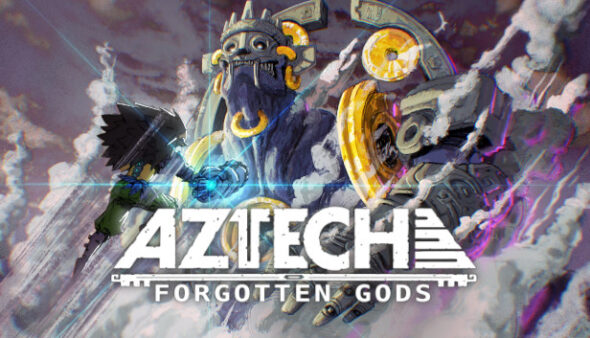
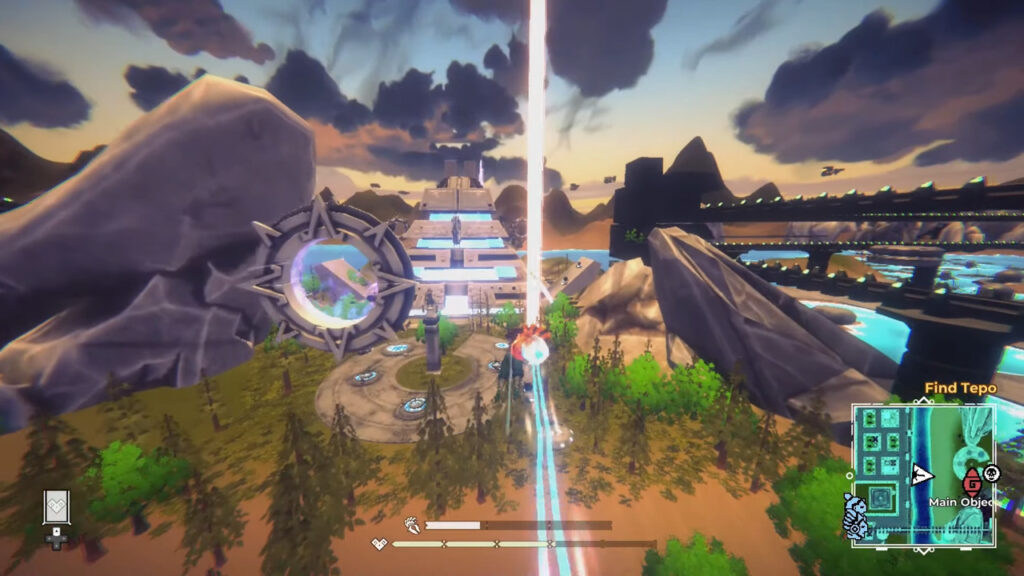
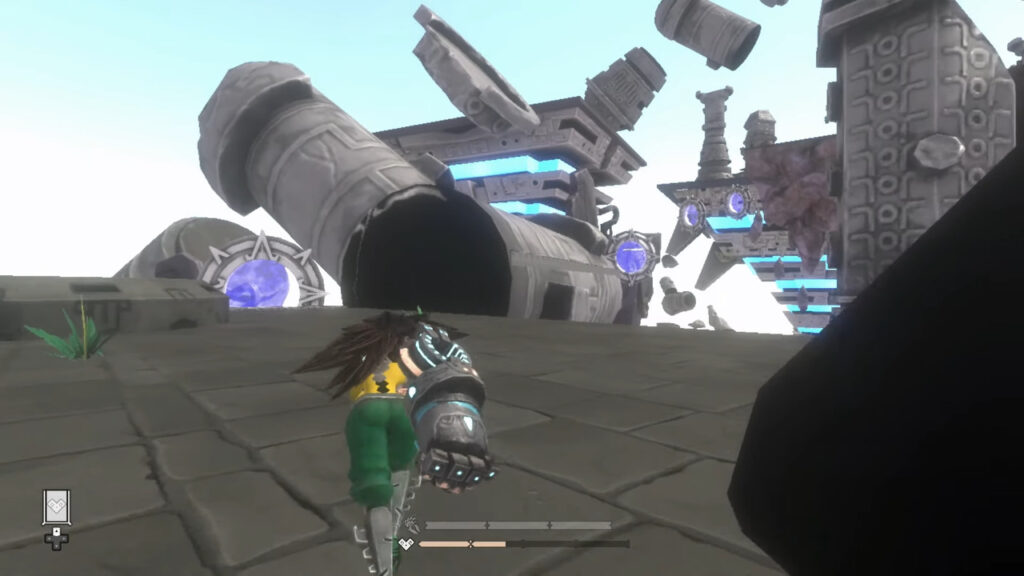
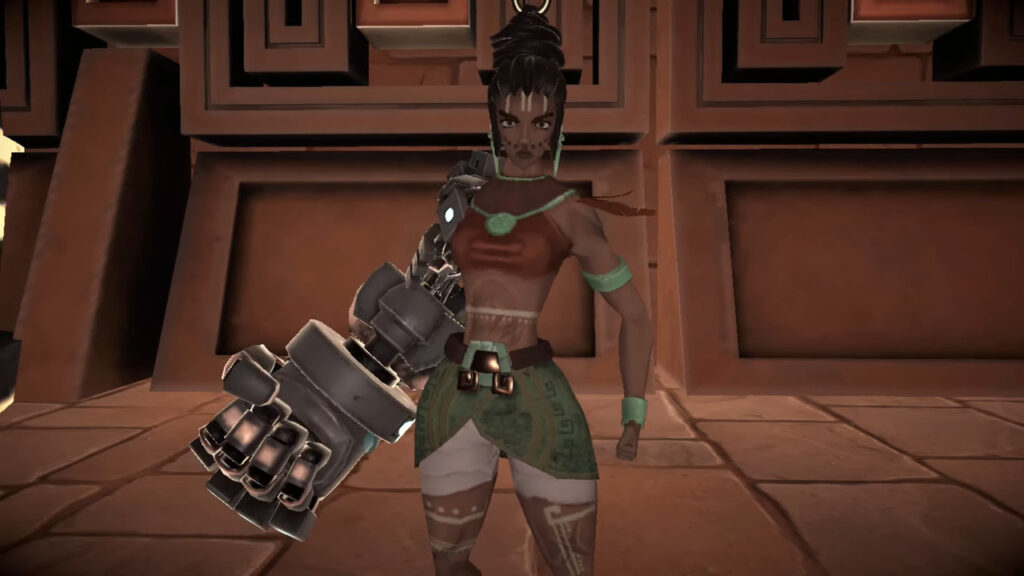
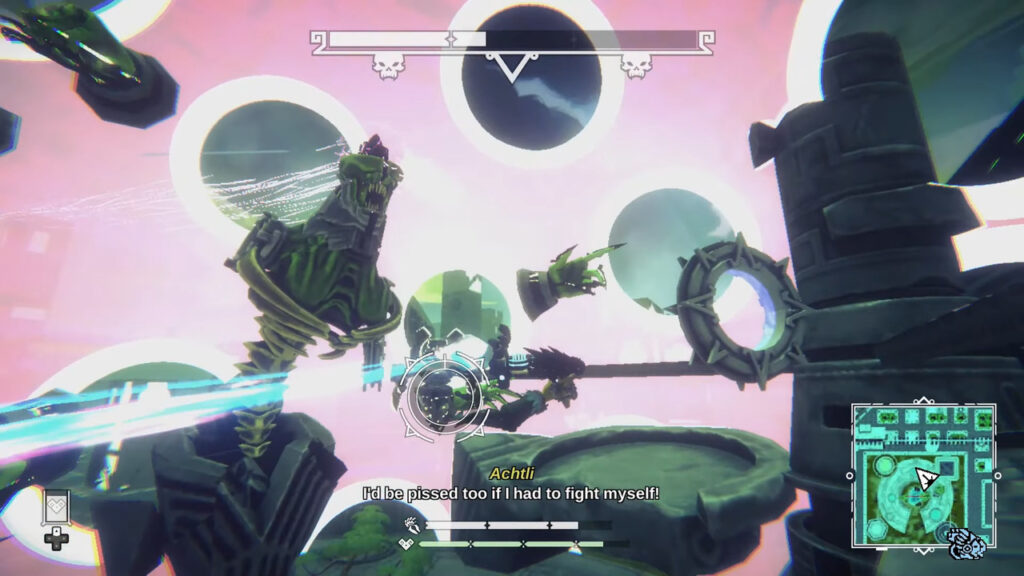




No Comments